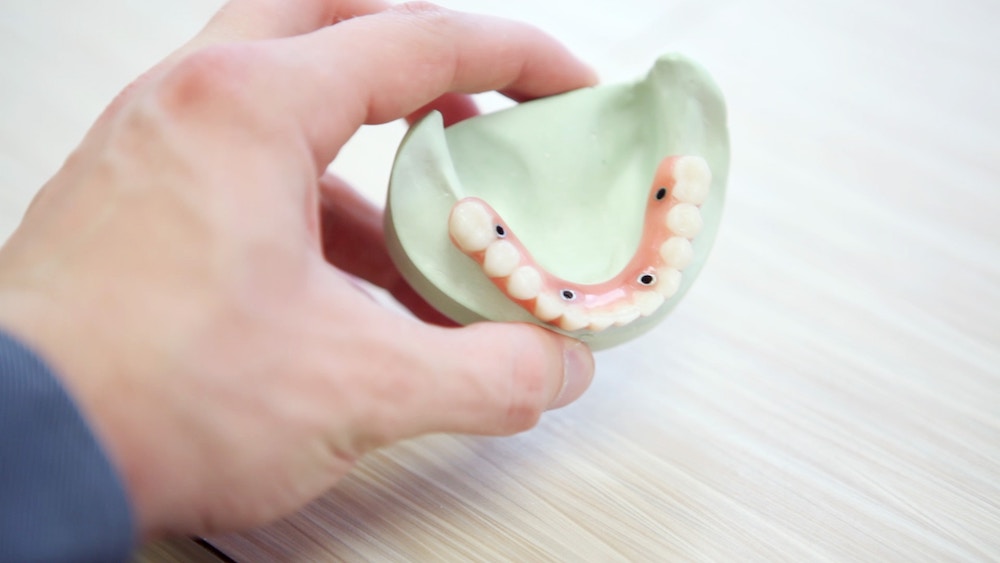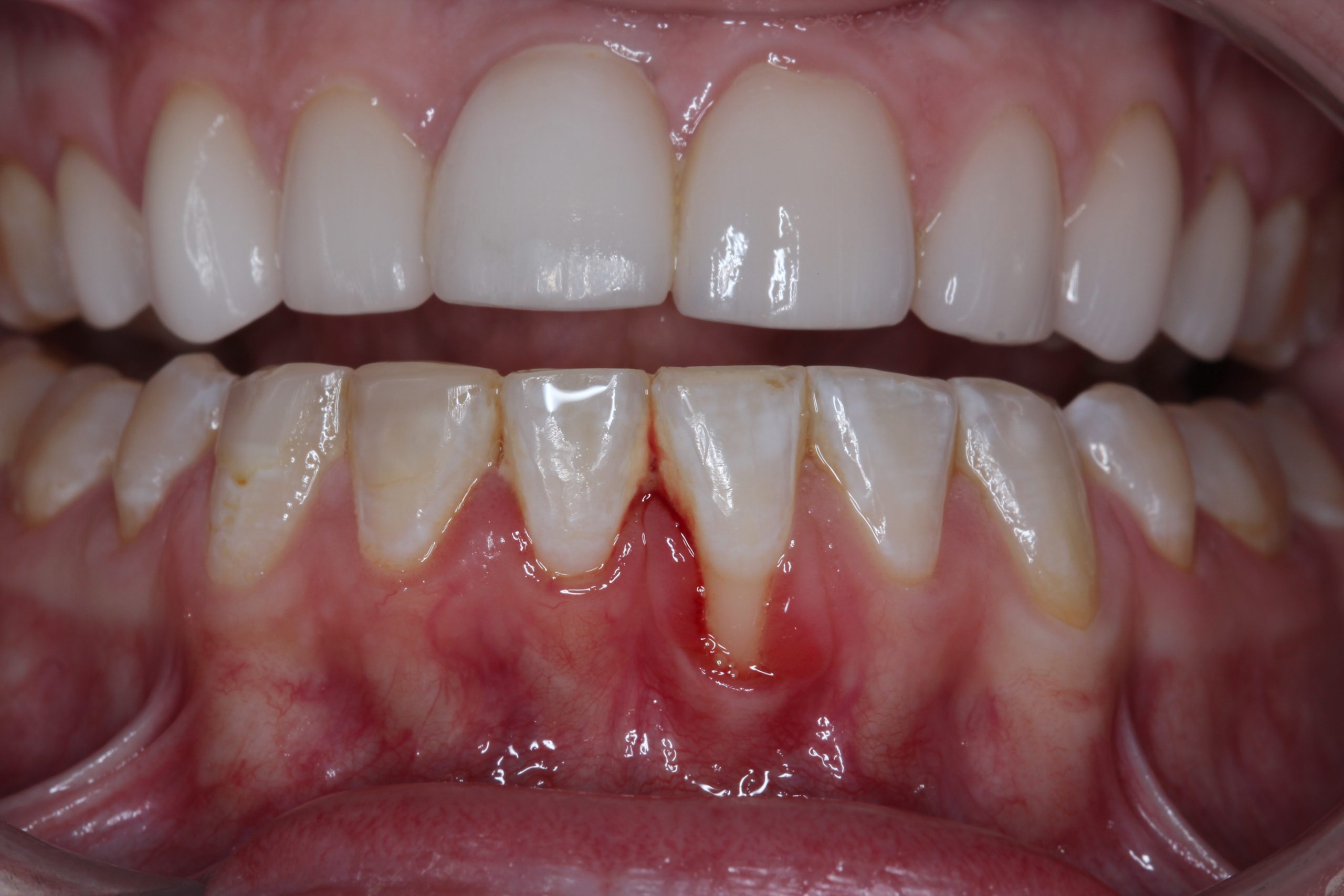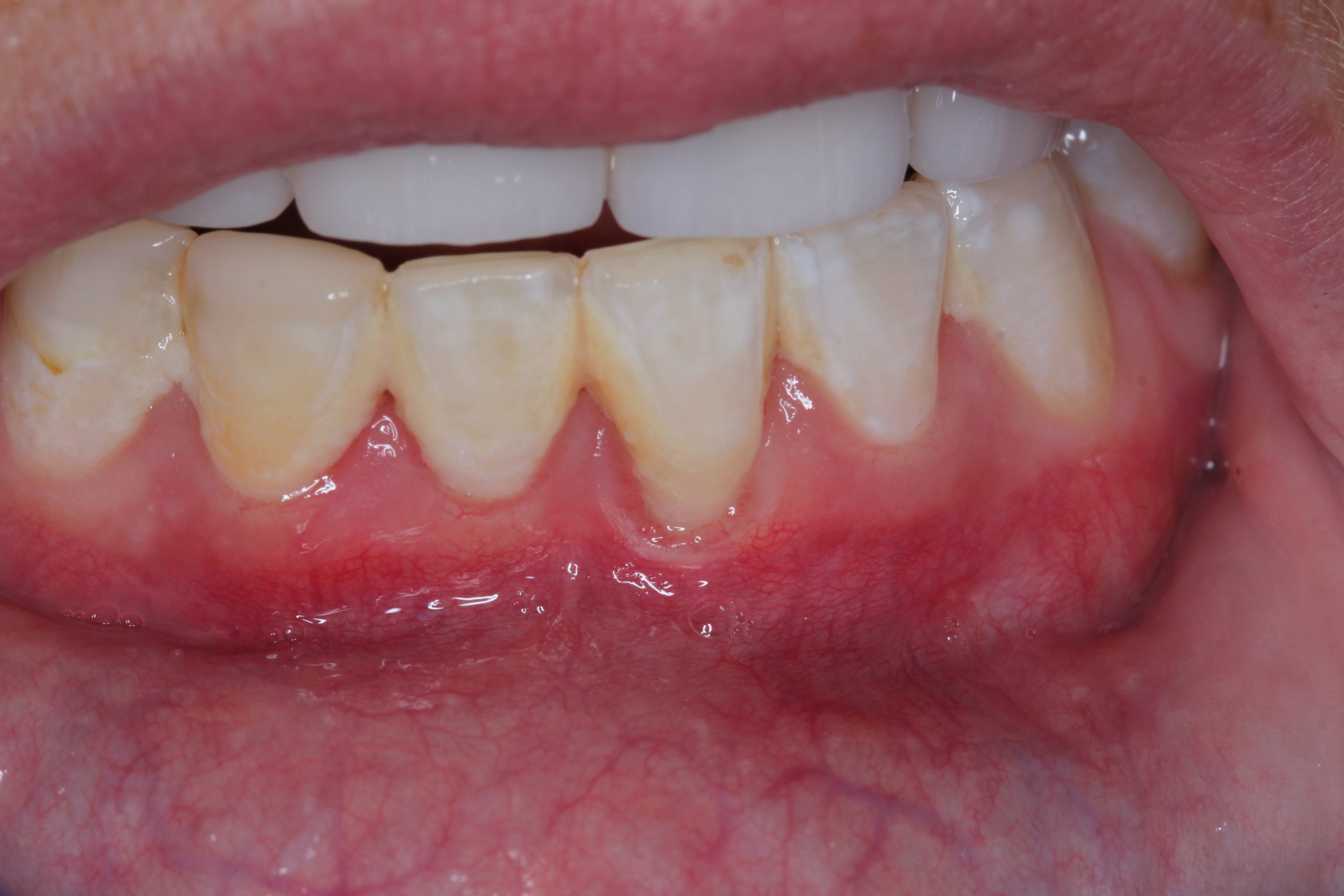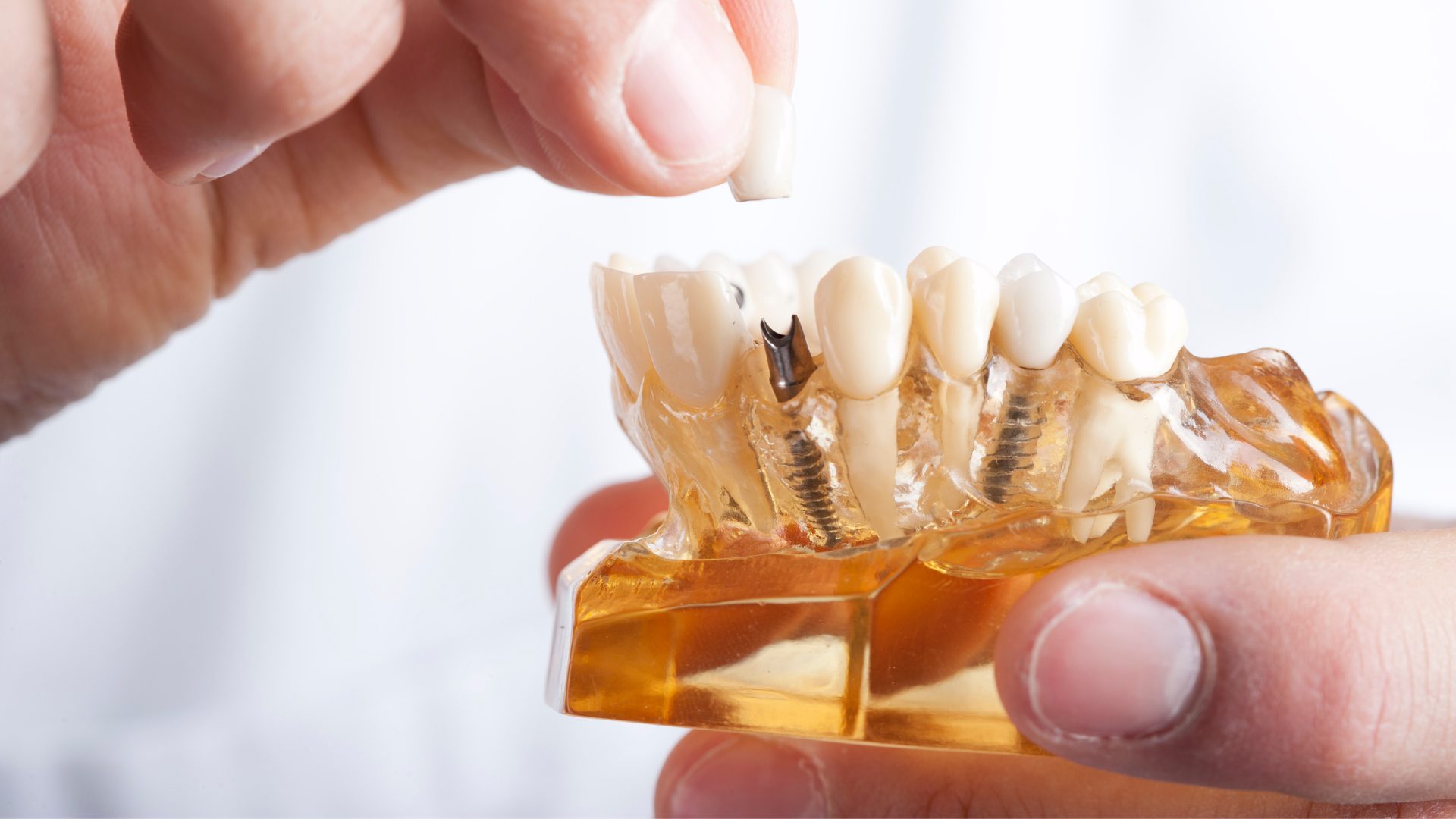
What is Sedation Dentistry and Is It Right For You?
October 7, 2021
What Are the Best Tooth Replacement Options?
October 7, 2021People often think that pearly white teeth are a sign of health and vitality. However, your gums are the key to a healthy mouth. Inflamed gums recede to leave teeth vulnerable. Patients often ask how to fix gum recession.
About Gum Recession and Gum Disease
Healthy gums fit snugly around each tooth like a protective cuff. Sometimes the gum tissue swells and pulls away leaving the tooth’s root vulnerable. Since the root surface isn’t protected by tooth enamel, it decays more easily.
Common Causes of Gum Recession Include:
- Periodontal (gum) disease
- Clenching and grinding or other forces on the teeth
- Injury or trauma to gum issue from an accident or sports injury
- Overly vigorous tooth brushing or a hard bristled brush
- Genetics
- Incorrectly fitting dentures
- Tobacco use
- Prominent attachment muscles or tooth roots displacing the gums
Symptoms of Gum Disease
Gum disease is a progressive condition that persists gradually for years without intervention. Since the changes are gradual, people get used to it, and it creeps up. The following symptoms indicate gum disease:
- Bleeding gums when you brush your teeth, floss, or during dental cleanings
- Your teeth feel loose
- Teeth look longer than they use to in the past.
- Exposed visible tooth roots
- Tooth sensitivity
- Changes in your tooth color
- Your gums are red, swollen or puffy
- Bad breath
In response to the question; “how to fix gum recession“? The best answer is prevention. Unfortunately, gums can’t grow back, so it is important to prevent further damage. Since gum disease is a common cause, oral hygiene and preventive care are crucial to preventing further damage.
How to Prevent Further Gum Damage
- Brush twice a day with a soft bristled brush
- Floss daily
- See your dentist for regular cleanings
- Follow treatment schedule
- Wear a night guard if you need to due to teeth grinding or other issues
- In some cases, misalignment may contribute to gum recession. The misalignment needs to be treated or repaired.
How To Fix Gum Recession
Make an appointment with your dentist. After a thorough exam, a dental professional can assess the damage and decide which interventions might be most effective. This will vary depending on the severity of the gum recession, the cause, and other individual factors.
Sometimes your dentist may prescribe a thorough deep cleaning schedule. You may need more frequent cleanings and hygiene appointments such as every three months. Your dental team will work with you to establish the best cleaning schedule for your needs.
A surgical procedure like a Gum graft may save your teeth when gum loss is more extreme. During this operation, the dentist takes tissue from elsewhere and grafts it to your gums. There are three common types of gum grafts:
- Connective-tissue grafts – this is one of the most common methods and is used to treat root exposure. Your dentist cuts a small flap in the roof of your mouth then takes skin from your palette and grafts it to your gums to protect the exposed root.
- Free gingival grafts – is often used for people who have naturally thin gums and need extra gum tissue. This tissue also comes from the roof of your mouth, but unlike the connective tissue graft, it comes from the surface rather than the second layer.
- Pedicle grafts – this is done with patients who have ample gum tissue near the tooth. The dentist cuts a partial flap then pulls the flap down and sews it into place covering the exposed root.
Since a gum graft is a surgical procedure, your mouth needs time to recover. Your dentist will give you specific instructions for your recovery period. Typically those instructions include:
- Avoiding flossing during the gum’s healing period
- Avoiding tobacco and alcohol
- Alterations to physical activity and exercise during recovery
- Diet modifications to facilitate the healing
- Altered oral hygiene as the gums are vulnerable and sensitive
Be sure to follow your treatment plan for the best chance of a smooth recovery.
There are other procedures used to fix gum recession. Some examples include:
- Pocket Reduction Surgery: A periodontist pulls the gums from the teeth then removes bacteria from those pockets before placing the tissue back over the tooth root.
- Guided Bone Regeneration: Receding gums also causes bone damage or loss. This procedure is used in those situations. The procedure starts similar to the Pocket Reduction. However, once your periodontist applies a graft tissue, membrane or protein to encourage your body to regenerate the bone tissue. Then your gum tissue is placed back over the root.
- In some situations, your dentist may recommend a gum veneer. Professionals form a veneer from materials including silicone or acrylic. It is a removable dental device that addresses both the functional and cosmetic issues associated with severe gum loss.
Pinhole Gum Surgery
Pinhole gum surgery is another alternative to a gum graft. This technique is highly recommended by Southview Dentistry, as it is the least invasive procedure with the fastest time for healing. Dr. Micheal is certified in the Chao Pinhole Surgical Technique, and is ready to use his training to treat your gum recession needs.
This technique involves using a needle to make small pinholes in the patient’s existing gums. The dentist uses specialized instruments to loosen and expand the gum tissue, so it covers the exposed root.
Pinhole gum surgery offers some advantages over gum grafting since the dentist can treat the entire mouth in a single session. Other benefits include:
- Faster recovery
- Long lasting sustained results
- Less invasive than other procedures
- You can return to work the next day
As you can see, the recovery process is shorter and smoother with pinhole gum surgery compared to gum grafts and other procedures. However, always follow your recovery and treatment plan for your best results.
Pinhole Before and After:


What Are Your Next Steps Towards Healthy Gums?
Preventative care is always the best first step towards how to fix gum recession. Depending on the severity of the gum recession, your dental team will devise a treatment plan. In mild cases, you may simply improve your daily oral hygiene. In more severe cases, you may need surgery.
Contact your dentist to schedule a thorough dental examination and cleaning. If you live in the Charlotte area and need a new dentist, contact Southview Dentistry today.




